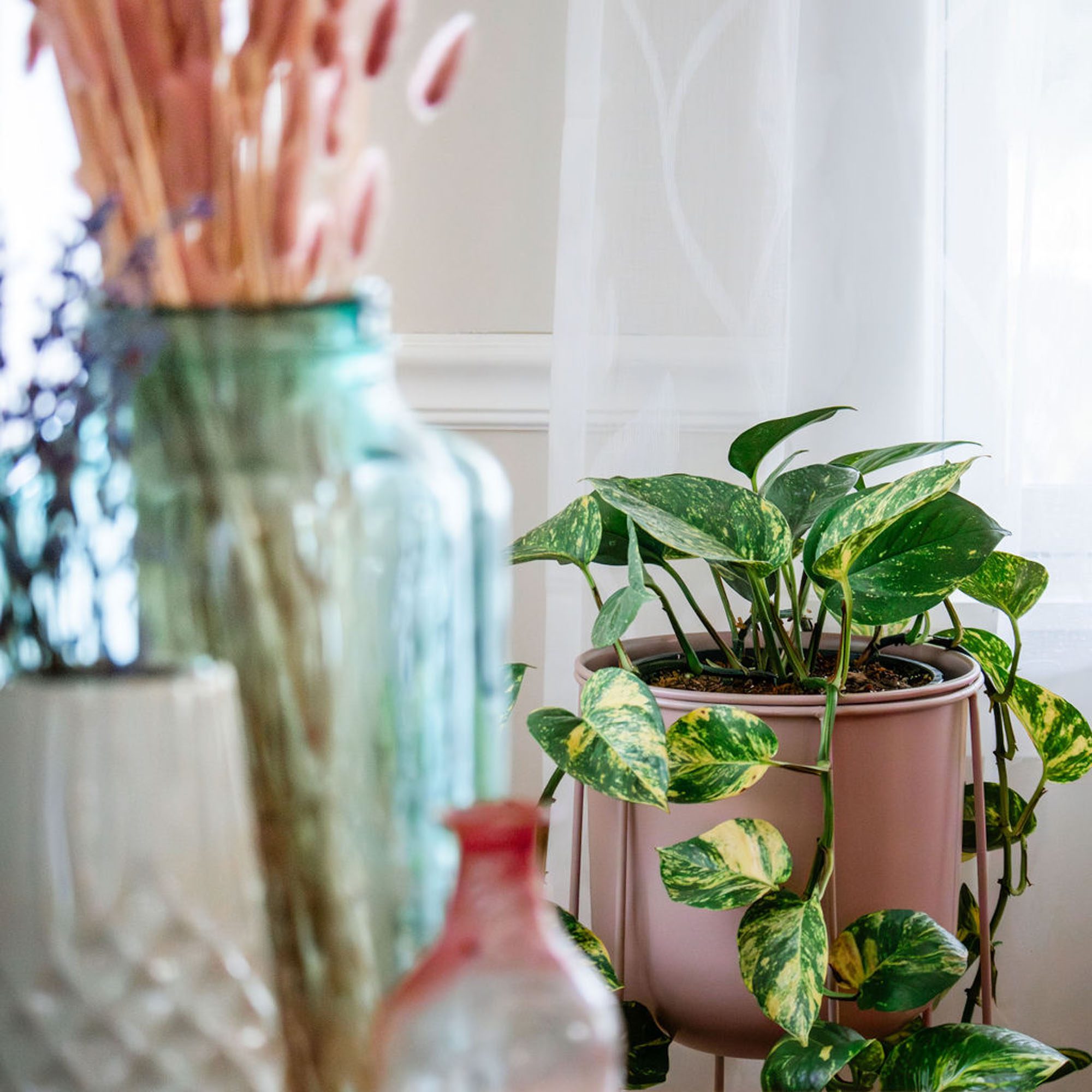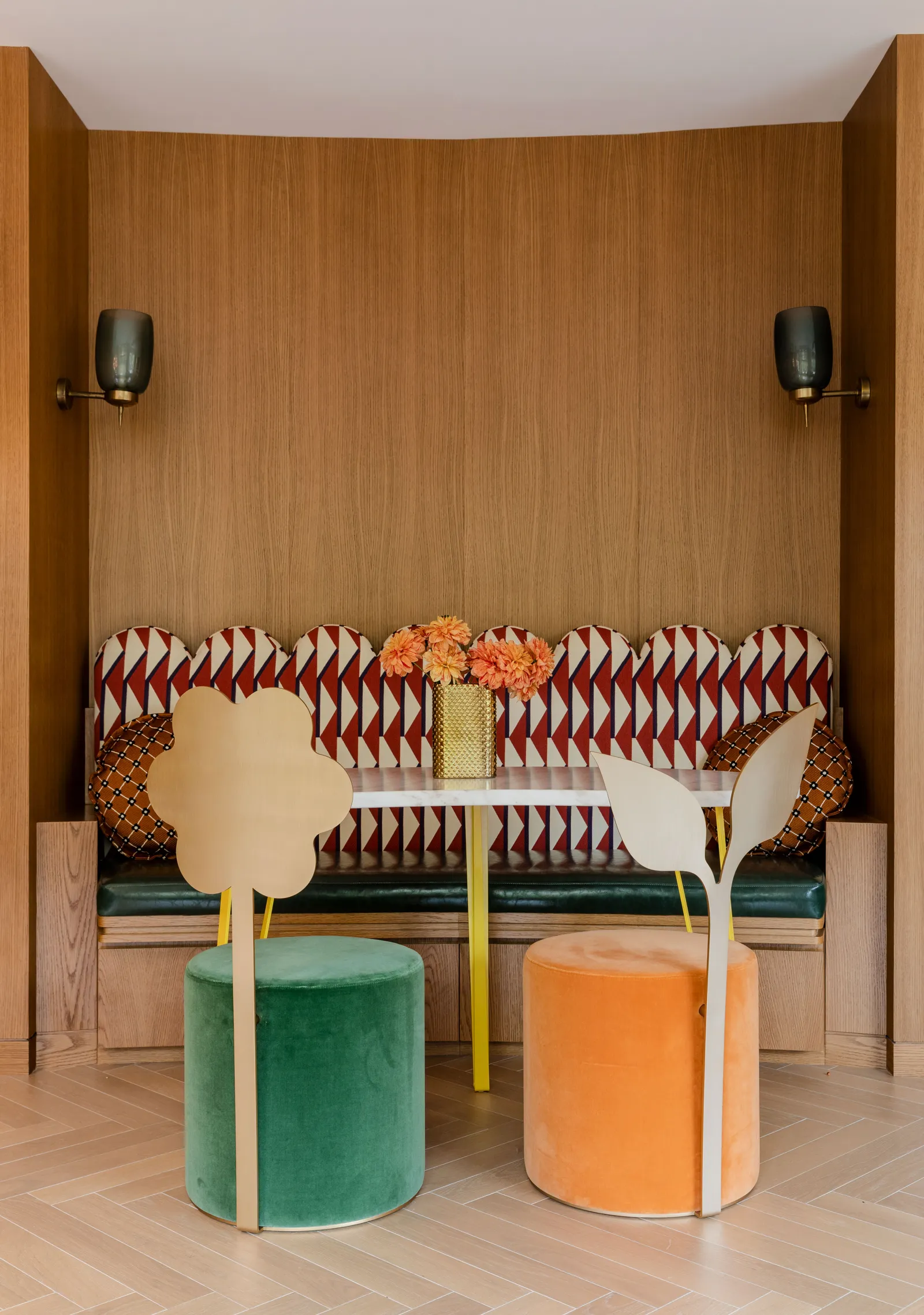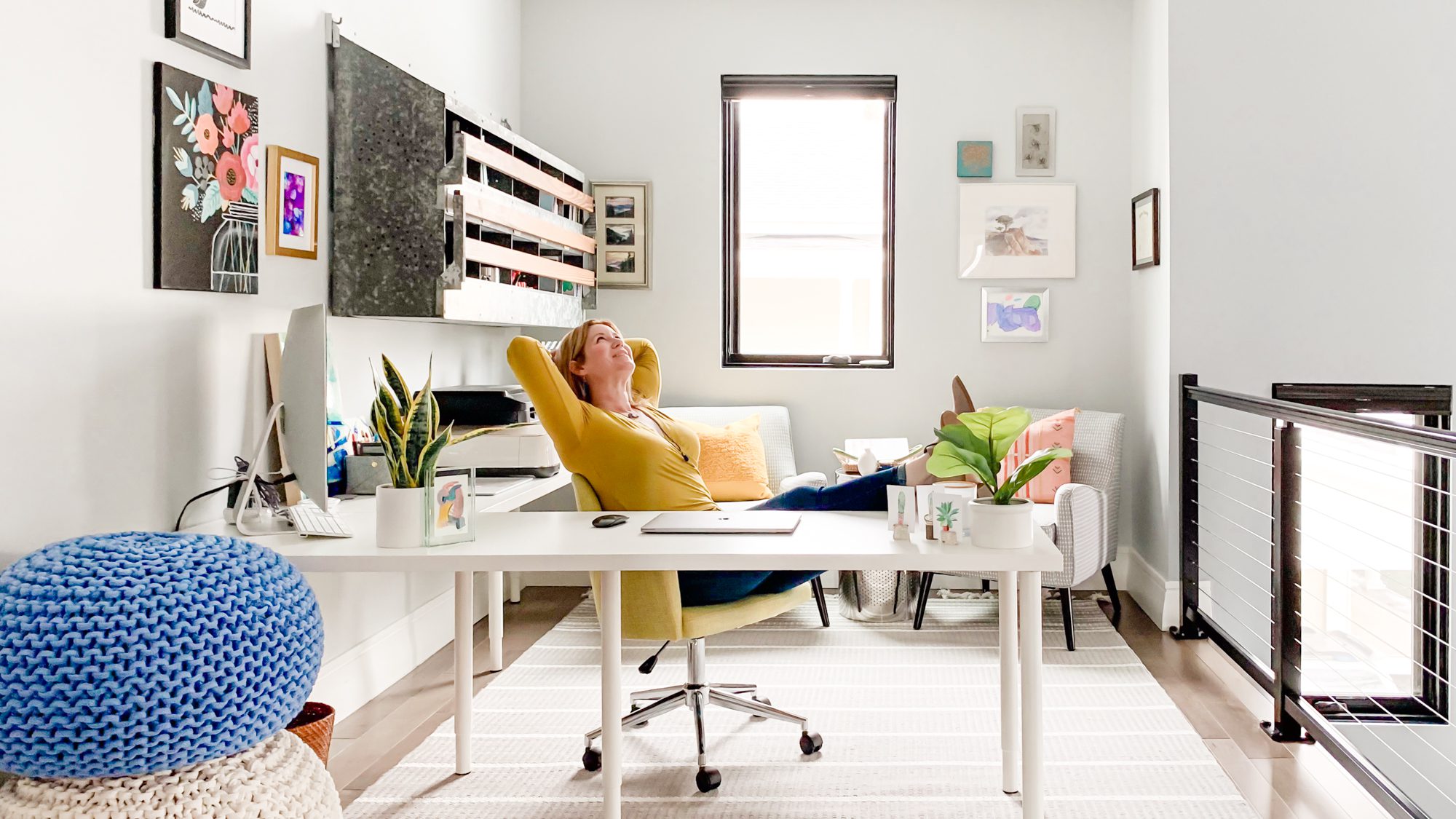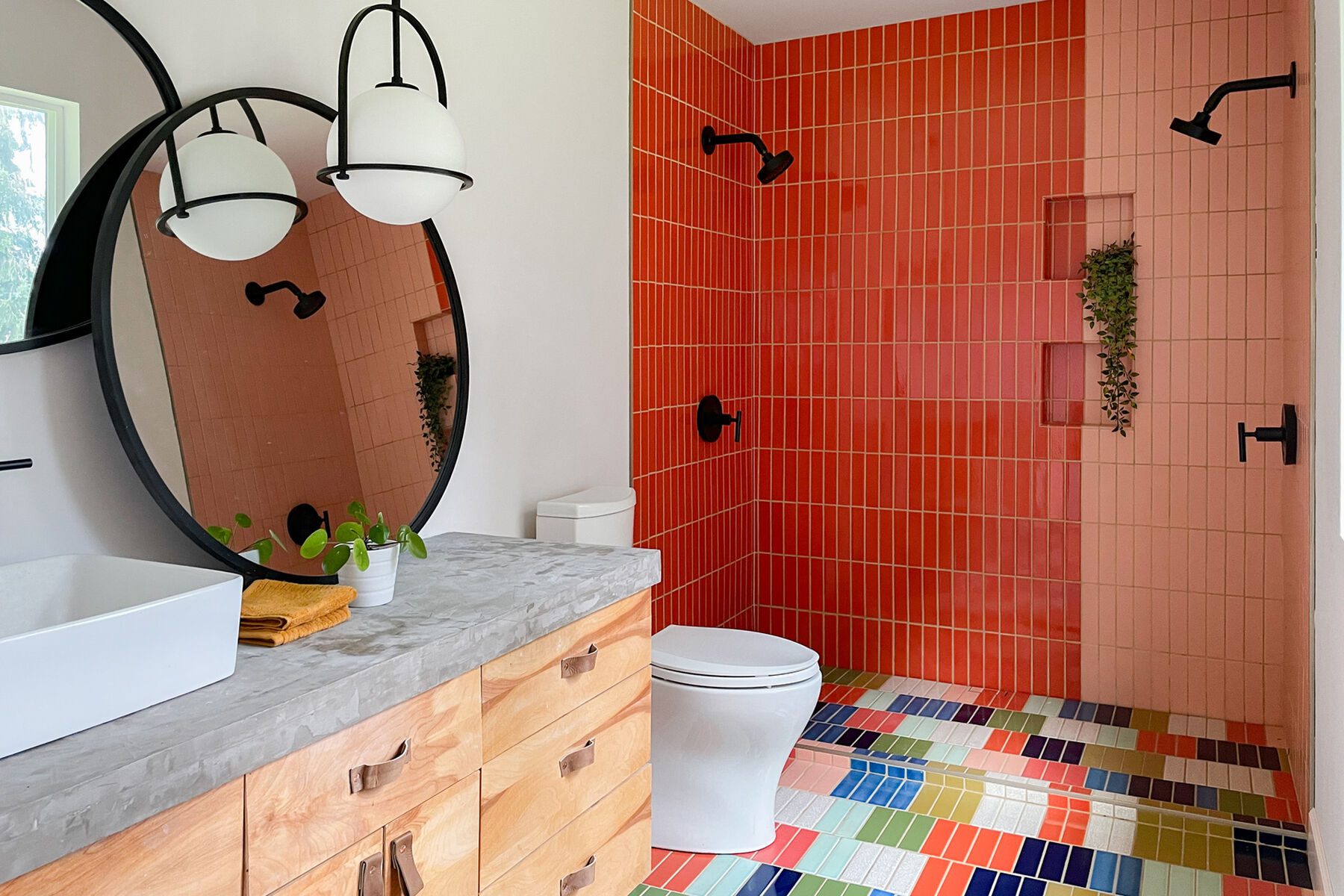How to Choose the Right Window Treatments
Window treatments can really transform a room – they’re a functional design piece and play a huge role in privacy and balancing out a space. Read on for our recommendations on when to use shades, curtains, or both.
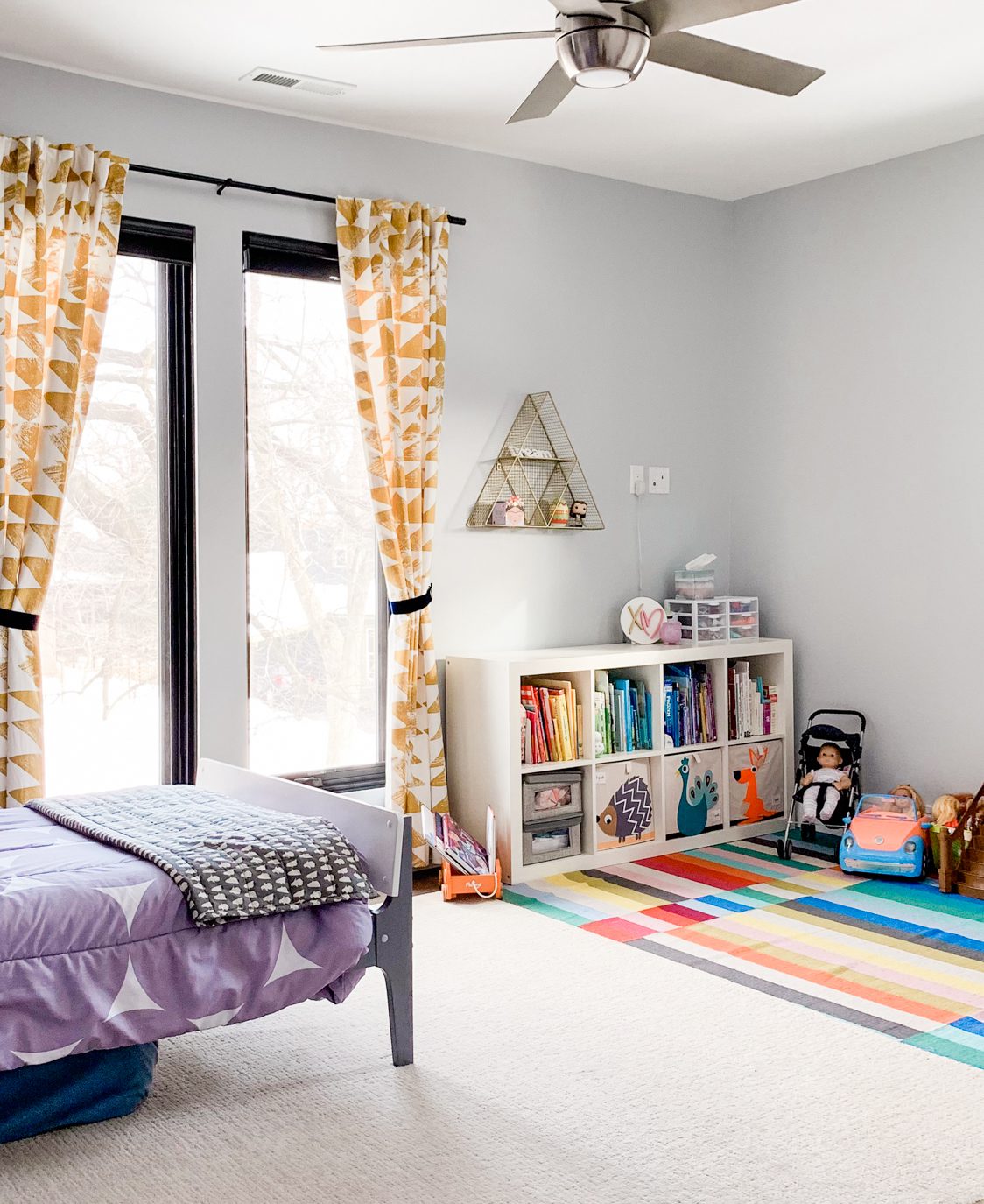
Design by Indigo Ink Designs
As I was installing and styling a recent project, which included semi-custom curtains, I thought sharing some information on how to choose the right window treatments could make a helpful and interesting blog post. I have a number of different types mixed among the rooms in my own home, and there are so many options available, from budget-friendly, ready-made treatments to customized ones with many additional measurements to consider. I feel window treatments are not even the icing on the cake – that’s the window molding, paint, and trim colors – the treatments are like the sprinkles! The extra-special flair can blend in if you want to soothe with crystal sugar or add drama with some bold color, texture, and details.
When deciding which type of window treatment to choose depends on the room’s specific functionality, style, and needs. When you’re choosing between shades, blinds, or curtains, you should consider your preferences for light control, privacy, style, and how you live in this space.
Functionality:
- Light Control: Blinds offer the most precise light control. Shades provide varying filtration, while curtains softly diffuse light.
- Privacy: Blinds and shades are best for maximum privacy. Curtains are less private unless layered or lined.
Style:
- Blinds: Create a sleek, modern look.
- Shades: Offer warmth and come in various fabrics and textures.
- Curtains: Add style and can be formal, cozy, or bold – depending on the fabric!
Room-Specific Needs:
- Bedrooms: Opt for blackout shades or curtains.
- Living Rooms: Sheers with blinds/shades are flexible.
- Kitchens & Bathrooms: Choose moisture-resistant blinds or shades.
An easy route to go is to select a style that works throughout the house and repeat in a similar style for each window opening for all the rooms to create a cohesive look. Alternately, you can opt to make each room unique and stand-alone with its fabric selection or header style, but find a way to make them consistent with the other rooms, either with the same style and different fabrics or similar color tones, to create a palette consistent throughout the home. Still, the feel will set the style for your room and make the space feel finished.
Selecting the right window treatments can transform a room – they’re a functional design piece and play a huge role in privacy and balancing out a space. Read on for our recommendations on when to use shades, curtains, or both.
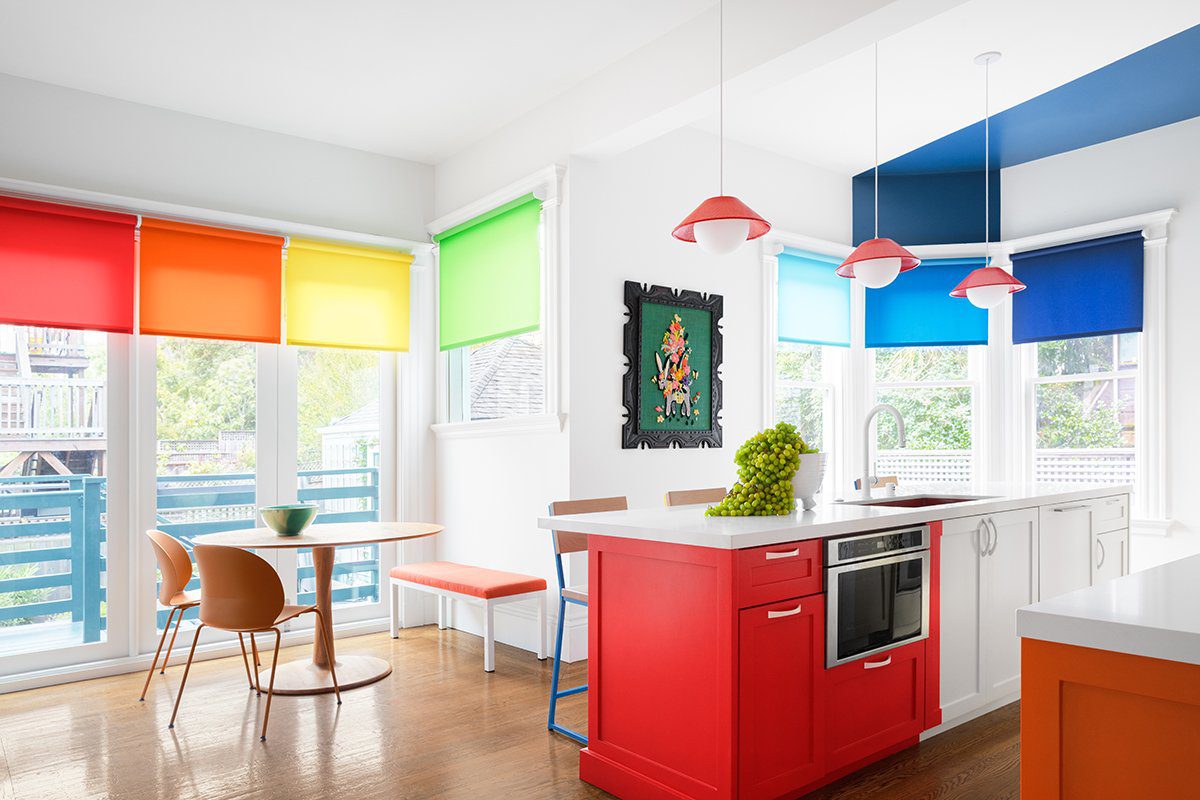
Design by Noz Design, Photo by Brittany Ambridge
Window Treatment Basics: Shades, Blinds, and Curtains
First things first, let’s get acquainted with the key players. Shades are single panels of fabric that roll up or down, often attached to a roller or cassette mechanism. They come in a variety of materials, from light-filtering sheers to blackout fabrics, and offer a clean, streamlined look. Blinds are composed of horizontal or vertical slats (often made of wood, faux wood, or vinyl) that can be tilted to control light. They provide a classic and versatile option while also being easy to clean. Curtains are flowing panels of fabric that typically hang from a rod or track and can be drawn open or closed. They add softness, texture, and a polished look to a space.
Now, let’s talk about cost. In general, shades are the most budget-friendly option, followed by blinds and then curtains, which can vary greatly depending on the fabric, length, volume, and trim details.
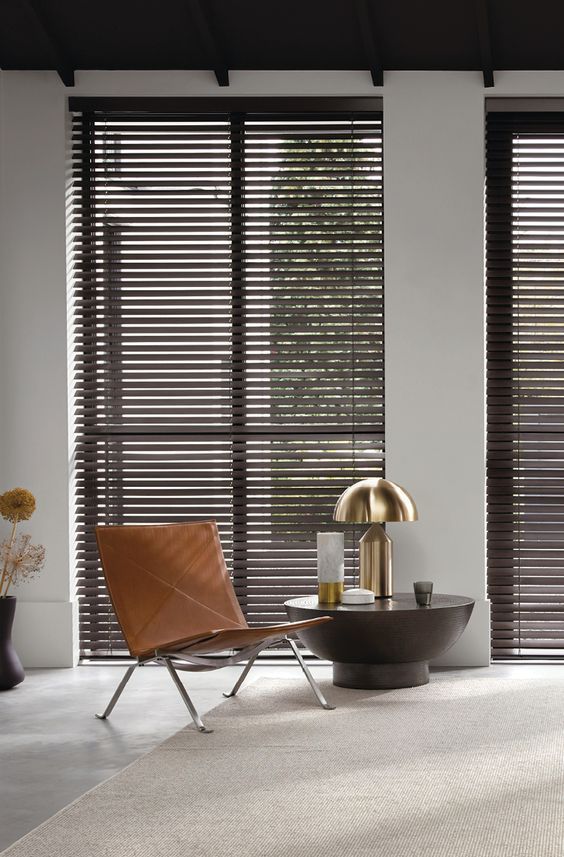
Design by Jalan Interior
Considering Functionality: What’s the Purpose of Your Window Treatment?
Before diving headfirst into aesthetics, consider the functional needs of your space. Here are some key factors to ponder:
- Privacy: If privacy is paramount, opaque curtains or blinds are your best bet. However, consider sheer curtains or light-filtering shades if you still want some natural light.
- Light Control: Do you crave a sun-drenched space or seek a way to block harsh afternoon glare? Shades and blinds offer excellent light control, with options like blackout shades for complete darkness and solar shades for UV protection. Curtains can also help diffuse light, especially when paired with shades or blinds.
- Energy Efficiency: Certain window treatments can help regulate the temperature in your home. Look for shades and blinds with insulating properties, or consider blackout options that help retain heat in the winter and keep the space cooler in the summer.
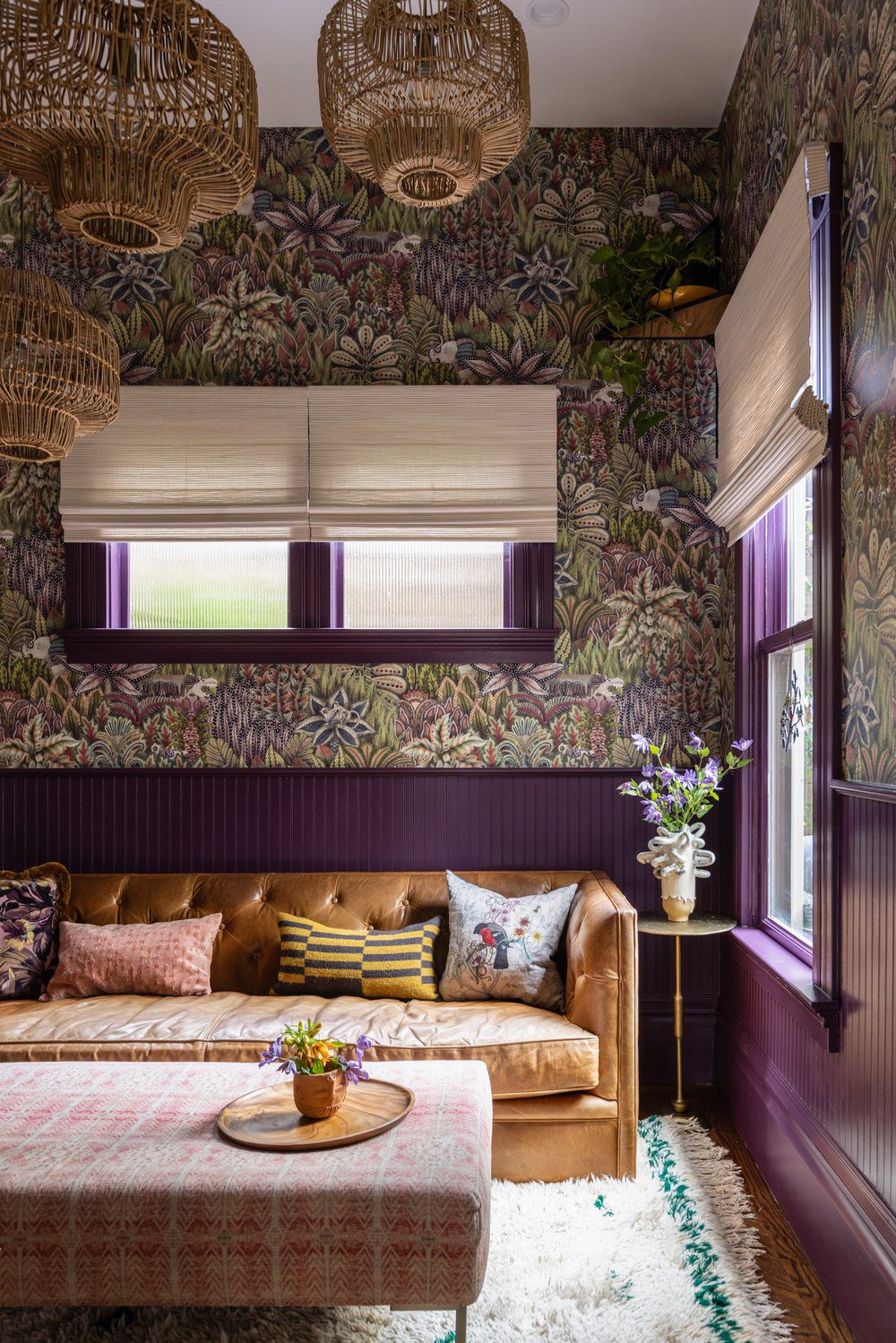
Design by Noz Design, Photo by SEN Creative
Shades or Blinds for a Sleek, Modern Look
Shades and blinds are fantastic choices for those who love a clean and contemporary aesthetic. Here are some situations where they shine:
- Tight Spaces: If you have limited space around the window, shades or blinds prevent any bulky fabric from obstructing movement or flow. Think close proximity to furniture, corners, or doorways.
- Bay Windows: For bay windows, especially ones with built-in seating, shades offer a tailored look and don’t impede on functionality. However, for large bay windows that act as an extension of the room, curtains can add a touch of grandness.
- Over the Sink Windows: When privacy is a concern in the kitchen, blinds are your best friend. Choose a material that’s easy to clean and maintain, like moisture-resistant vinyl or faux wood. Woven vinyl is even an option that looks like fabric but can easily be soaked and scrubbed to clean.
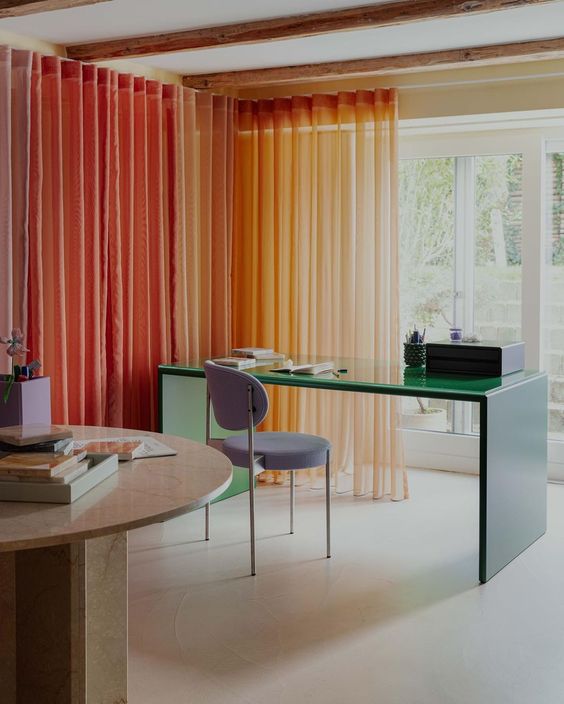
Design by Cathrine de Lichtenberg, Photo by Alona Vibe
Curtains for a Touch of Elegance
When to use curtains:
Curtains add a touch of drama and warmth to a space, making them ideal for:
- Spacious Windows: If you have ample room on either side of the window, let curtains embrace the space and soften the architectural lines.
- Sets of Windows: Framing sets of windows with curtains creates a cohesive look, especially when privacy isn’t a concern. However, if you do need privacy, consider layering shades or blinds underneath.
- Floor-to-Ceiling Windows: These majestic windows deserve a majestic treatment. Opt for long, flowing curtains that ‘kiss the floor,’ adding a touch of luxury and elevated detail. Remember, proper length is crucial!
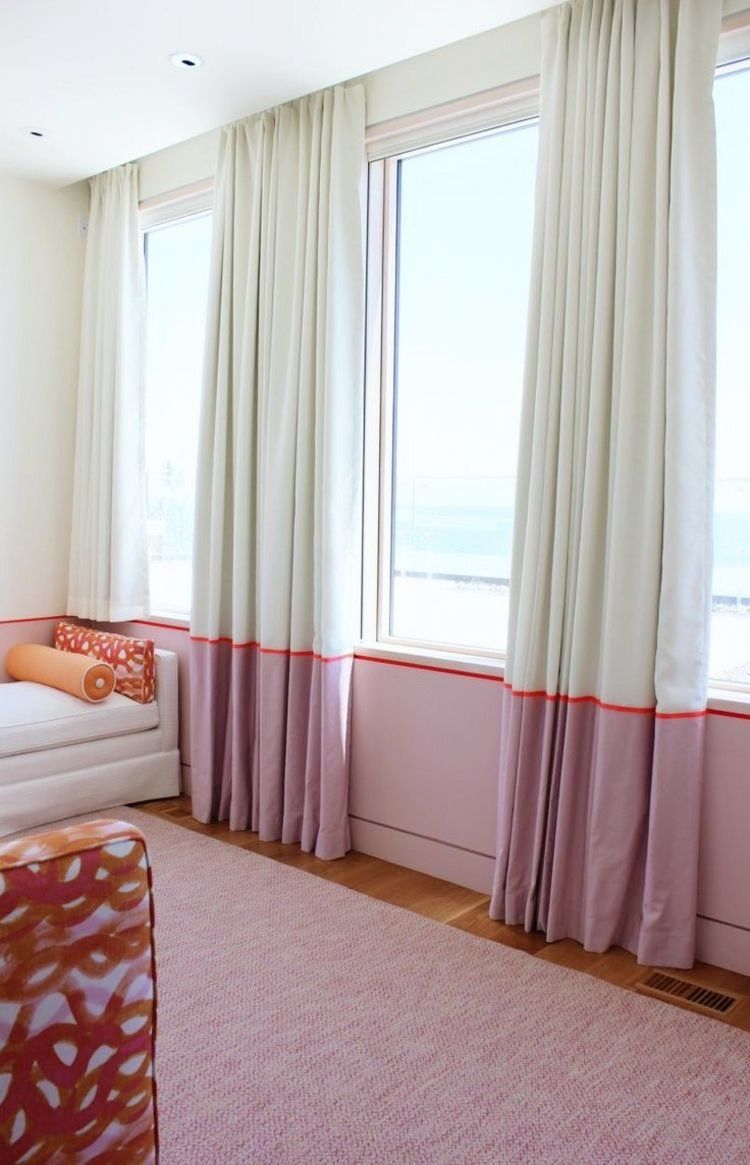
Layering Window Treatments for Functionality and Style
For the ultimate in functionality and style, consider layering window treatments. Combine shades or blinds with curtains to achieve specific goals:
- Light Control: Layer sheer curtains over blackout shades for a light and airy feel while still maintaining the ability to block out all light when needed.
- Privacy: Combine blinds or shades with opaque curtains for complete privacy and light control.
- Style: Play with textures and patterns! Layer a patterned Roman shade under a solid-colored curtain for added visual interest.
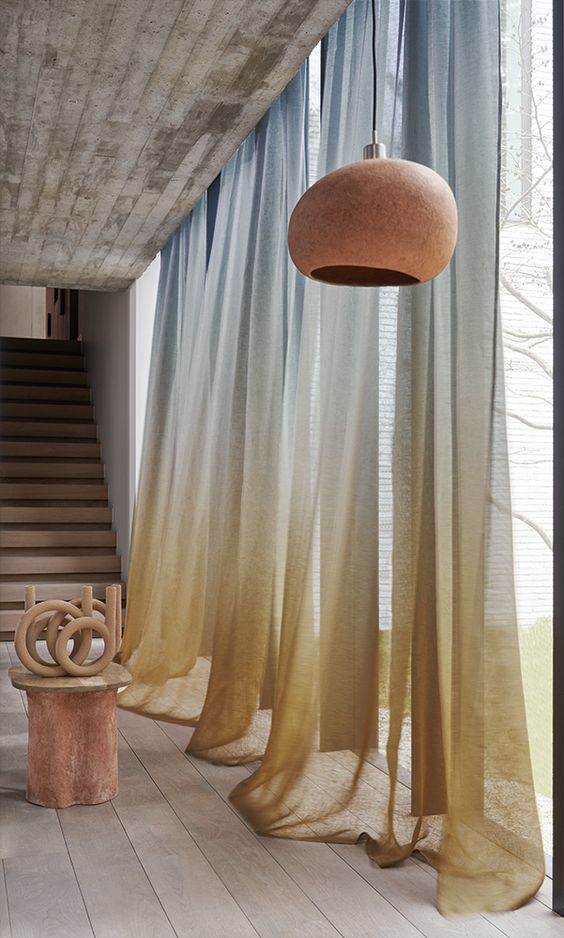
If you really want to level up your home, custom window treatments are where it’s at. The quality you get with having precision draperies tailored to the space you have measured and crafted is next-level! If you think you are getting the same thing by buying them from Pottery Barn—you’re not. But it is also a next-level investment. So save up for it, do your research, and when you’re ready, hire a designer because there is A LOT OF MATH involved in getting it right, and we have the team around us and resources to help you make that investment worth every penny.
Ultimately, the perfect window treatment for your space is the one that perfectly harmonizes with your functional needs and aesthetic preferences. Consider the factors discussed above, consider each room’s specific conditions, and don’t hesitate to experiment!

